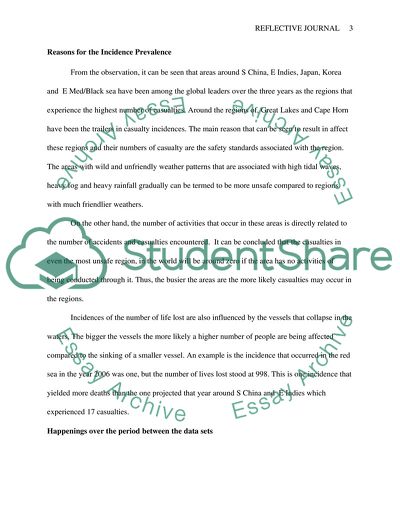Cite this document
(Large Capacity Ships - Advantages and Disadvantages Research Paper, n.d.)
Large Capacity Ships - Advantages and Disadvantages Research Paper. Retrieved from https://studentshare.org/macro-microeconomics/1826191-reflective-journal-on-5-tasks
Large Capacity Ships - Advantages and Disadvantages Research Paper. Retrieved from https://studentshare.org/macro-microeconomics/1826191-reflective-journal-on-5-tasks
(Large Capacity Ships - Advantages and Disadvantages Research Paper)
Large Capacity Ships - Advantages and Disadvantages Research Paper. https://studentshare.org/macro-microeconomics/1826191-reflective-journal-on-5-tasks.
Large Capacity Ships - Advantages and Disadvantages Research Paper. https://studentshare.org/macro-microeconomics/1826191-reflective-journal-on-5-tasks.
“Large Capacity Ships - Advantages and Disadvantages Research Paper”, n.d. https://studentshare.org/macro-microeconomics/1826191-reflective-journal-on-5-tasks.


